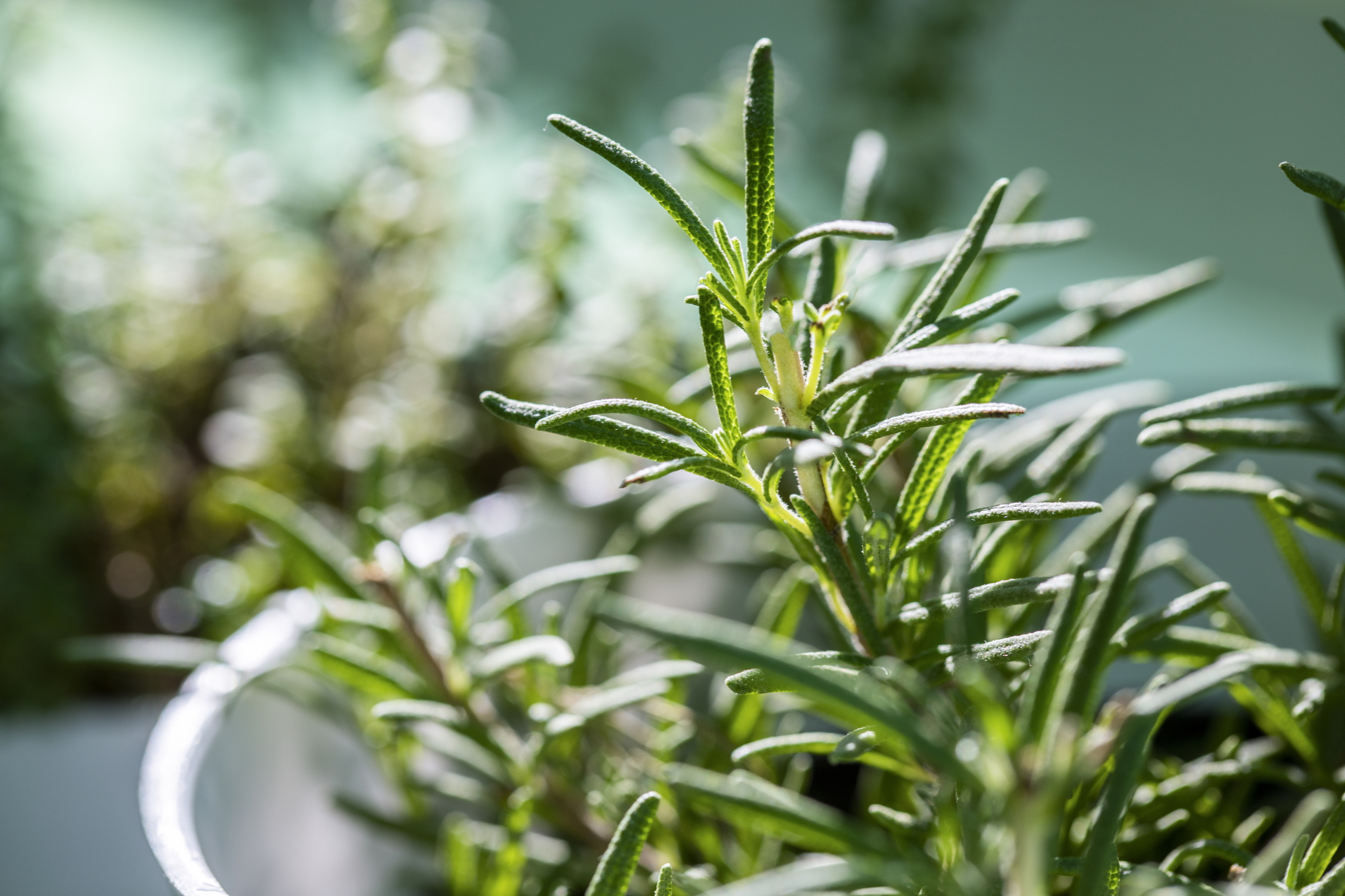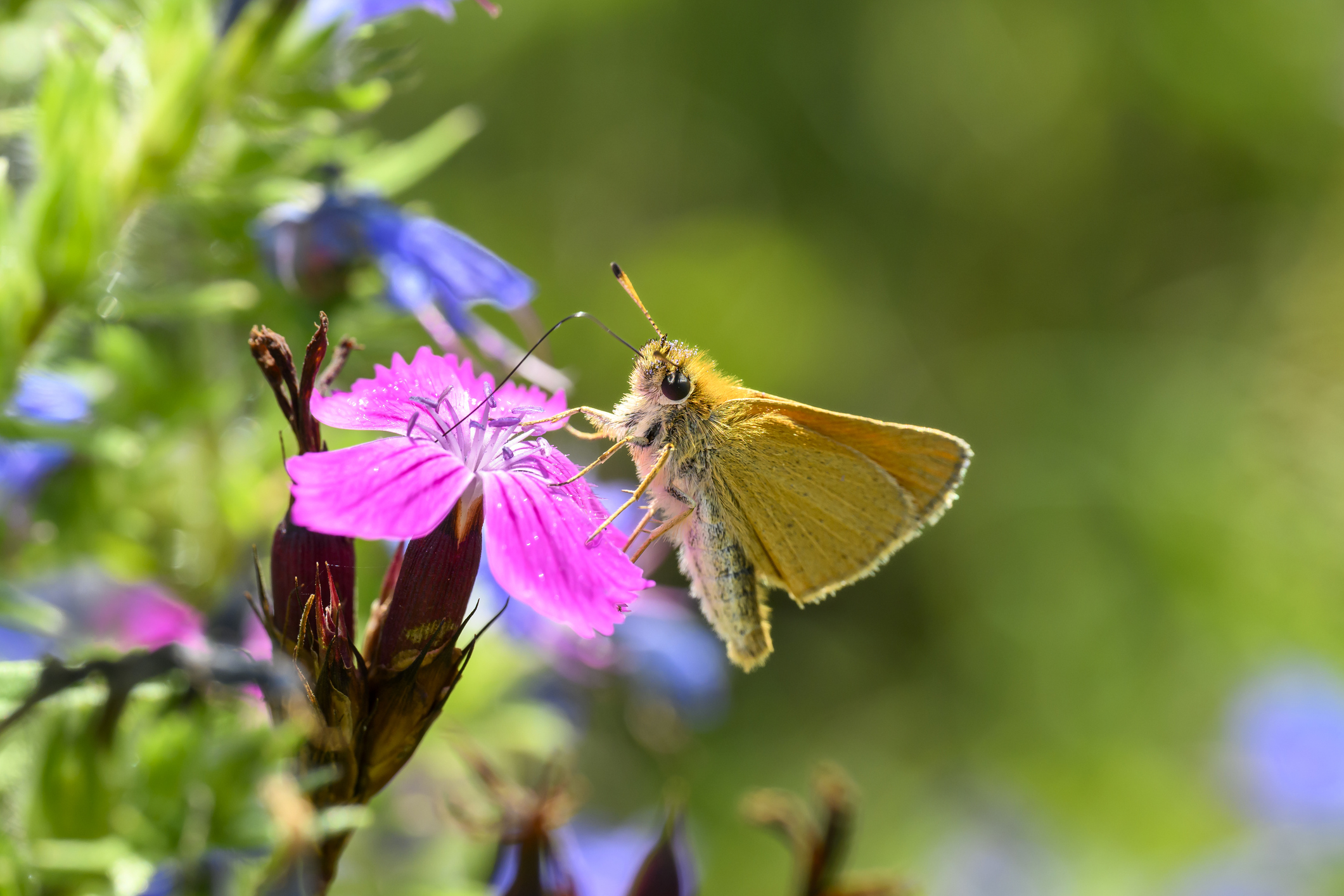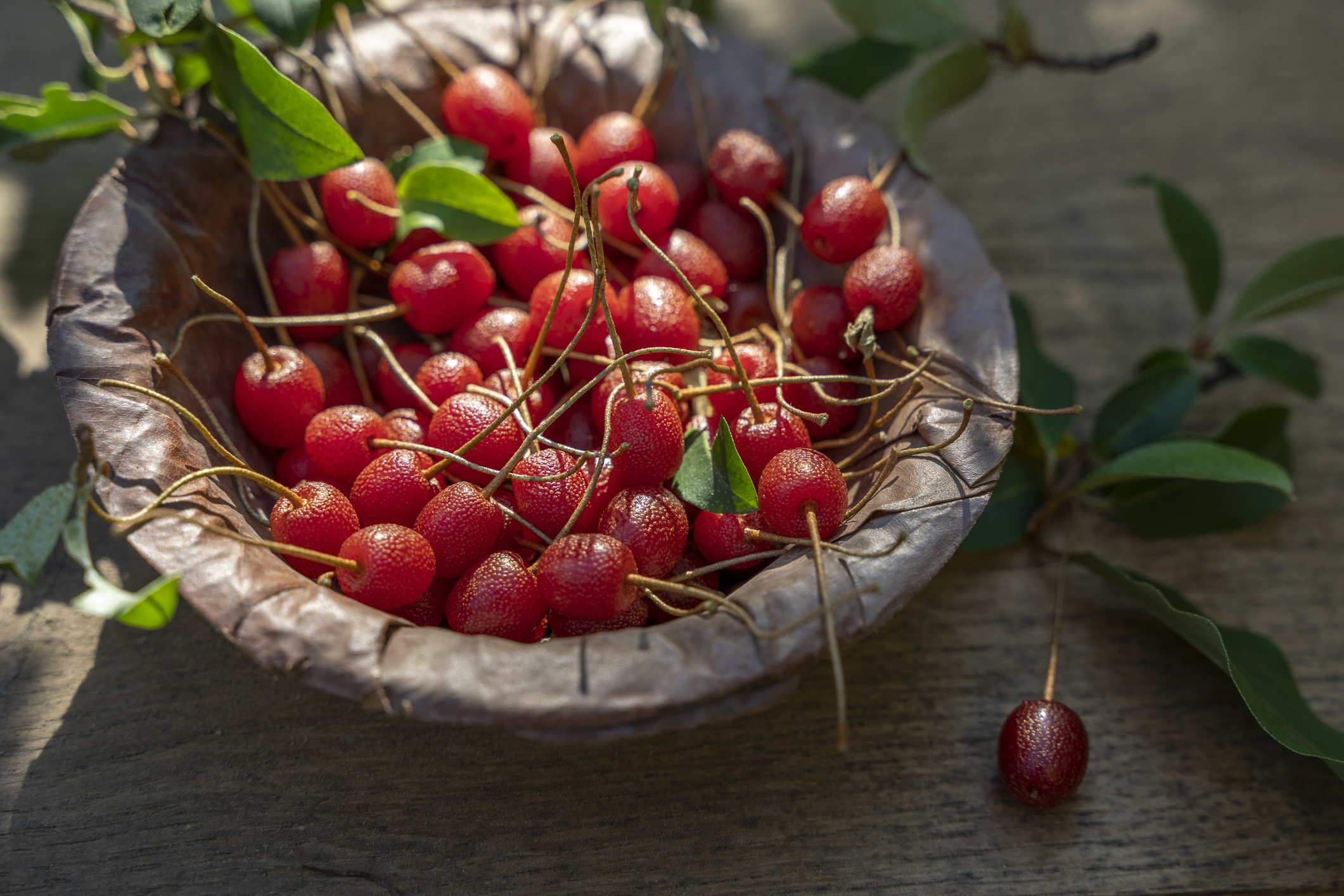How to grow your own botanicals and impress at cocktail hour
Once associated largely with gin, there is a host of easy-to-grow botanicals that will enliven both drinks and mealtimes, advises Natasha Goodfellow.


Those of us inclined to a large gin and tonic at the end of the day cannot fail to have noticed the rise of the word ‘botanicals’ in recent years. Where juniper, orange peel, angelica and coriander seeds were once the botanicals of choice in gin, these aromatic fruits, herbs and spices are now being joined by an ever-swelling chorus of ingredients, from peppermint and kelp to bog myrtle and Douglas fir.
Although it is perfectly possible to grow your own Douglas fir or juniper (indeed, Juniperus communis is in decline in the UK, so you’d be helping to preserve the species), you would have to wait some time for a worthwhile harvest. Happily, however, there is a host of quick-cropping plants that will serve the same purpose, adding complexity, flavour and character to your drinks — as well as to your salads, jellies, teas or to whatever else you choose to add them.
The following plants are easy to grow and will all attract pollinators to your garden, helping to maintain a healthy ecosystem. You’ll also be reducing your food miles and, if you pick them at their peak and grow them without chemicals, getting top-notch quality, too (organic fresh herbs and specialist ingredients are surprisingly hard to find in the shops). Perhaps the greatest joy of all is how little effort they are. Once planted, simply remember to water in dry spells, mix yourself a drink, pluck a leaf or flower or two to add to it, then sit back and relax.

Lemon verbena (Aloysia citriodora)
Deliciously scented and alluringly sweet, lemon verbena is one of the real delights of an edible garden — although it does need a spot in full sun. Native to South America, it is tender in the UK, so it’s best grown in a pot where it can be brought indoors or into a greenhouse when temperatures drop. Water sparingly over winter and move outside in April, when new leaves will slowly appear.
It’s hard to brush past this plant without picking a leaf to sniff, but, for more considered consumption, try infusing or drying the leaves. Like mint, they make an uplifting tea and fresh leaves can be added to milk or batter for citrus-scented custards, pancakes and cakes. For a herbal twist on the traditional lemon-drop cocktail, steep sprigs of lemon verbena in boiling water and sugar, then cool, strain and mix with gin, lime juice and ice. For an extra zesty touch, frost the glass with sugar previously whizzed with dried lemon-verbena leaves in a grinder.
Angelica (Angelica archangelica)
Even if you don’t fancy using the root to make your own gin, angelica is a plant well worth growing. A huge, statuesque biennial, it can grow to 8ft tall, with large, firework-like umbels atop its hollow stems that will make quite a statement in your borders. Bees and hoverflies love it and birds will feast on the seeds come autumn. All parts of the plant are edible. Add young shoots to salads, then cook the stems and serve as a vegetable or candy them in sugar. You can also stir in a couple of leaves when stewing rhubarb and gooseberries (to reduce the amount of sugar normally required).
Despite its size, angelica is easy to grow from seed. Sow in autumn or spring in rich, moist soil in partial shade and keep moist as it grows. The plant is monocarpic, so will die after flowering, but self-seeded plantlets will grow up in its place.
Exquisite houses, the beauty of Nature, and how to get the most from your life, straight to your inbox.

Mint
Queen of herbs Jekka McVicar counts mint as the herb she ‘could not live without’ — and for good reason. Incredibly easy to grow (it needs to be restrained more often than it needs to be encouraged), its soft purple flowers are a magnet for butterflies and bees and it’s good in the kitchen in everything from tea to mint sauce, not to mention a host of classic cocktails, including mojitos, mint juleps and grasshoppers.
Standard spearmint (Mentha spicata) is a great starting place, but there are dozens of different varieties to experiment with. For example, you might like to try variegated, fruity-scented pineapple mint (Mentha suaveolens ‘Variegata’).
Given its invasive tendencies, mint is best grown (from plugs or root cuttings, rather than seed) in a pot in moist, well-drained soil in full sun or partial shade. Harvest leaves frequently to stimulate new growth and cut back in late autumn — new stems will appear the following spring.
Edible flowers
Although many of us grow flowers in our gardens, very few of us eat them. This is a shame, as so many of them — rose petals, sweet violets (Viola odorata), calendula, chicory, nasturtiums and primroses, to name but a few — are edible and add such colour and interest to a drink or dish. Faintly cucumber-flavoured borage (Borago officinalis), also known as starflower, is the traditional garnish for a glass of Pimm’s, its flowers simply dropped in or frozen in ice cubes to prolong their life. The same can be done with violets, although they lack the cucumber taste.
Both are easy to raise from seed. Sow violet seeds on the surface of damp compost and prick out once germinated. Sow borage seed directly in the ground where it is to flower. Borage grows best in sun and is highly attractive to pollinators, whereas perennial violets are less so and are happy in part shade. Borage is a tall and sometimes ungainly plant, prone to flopping; violas form neat, ankle-height clumps and flower for months.

Rosemary (Salvia rosmarinus)
Rosemary is most commonly associated with lamb or steak, but this woody herb has so many more possibilities. Chop up or bruise the leaves to flavour salt, butter or oil, add it to jams (it pairs well with apricots, peaches and blackberries) and roast potatoes or use the sprigs to perk up any number of cocktails. Place an upturned glass atop a smouldering sprig to capture its aroma before righting the glass and filling with an old-fashioned or infuse the needle-like leaves in a simple sugar syrup and use as a base for a refreshing rosemary Collins. Even the striped stems have a use — soak them in water and thread with baby tomatoes or mushrooms to grill on the barbecue.
With so many applications, you’ll need a few plants to keep a steady supply. Place young specimens in a warm, sunny spot with well-drained soil or in a pot with extra grit added to the compost. Water regularly until established and then only in prolonged dry spells. To protect over winter, mulch well in autumn or move pots to a sheltered place.

Credit: Melanie Johnson
A taste of The Season: How to make Pimm's Pavlova
It's the time of the year where strawberries take centre stage — use this 'thoroughly British' recipe to celebrate this

Credit: ClassicStock/Alamy
A game of two halves — how the sandwich went from humble fare to a country-wide lunchtime obsession
What started life as a way to eat and play cards at the same time (so the story goes) is

Why I try to get rid of the pinks in my garden — and the reason I always change my mind and end up keeping them
To pink or not to pink? John Hoyland on the flowers whose brief cameo is worth the bother.

Autumn olives: The summer fruit that enriches the soil, your lunch table and your life
A hedge? A crop? A beautiful foliage plant? All this and more come to those who grow Autumn olive, says
Country Life is unlike any other magazine: the only glossy weekly on the newsstand and the only magazine that has been guest-edited by His Majesty The King not once, but twice. It is a celebration of modern rural life and all its diverse joys and pleasures — that was first published in Queen Victoria's Diamond Jubilee year. Our eclectic mixture of witty and informative content — from the most up-to-date property news and commentary and a coveted glimpse inside some of the UK's best houses and gardens, to gardening, the arts and interior design, written by experts in their field — still cannot be found in print or online, anywhere else.
-
 What on earth is the person who comes up with Annabel's otherworldly facade displays on? London's most magical Christmas shop displays
What on earth is the person who comes up with Annabel's otherworldly facade displays on? London's most magical Christmas shop displaysPhotographs by Greg Funnell.
-
 What trees taught me about perfect planting — Alan Titchmarsh
What trees taught me about perfect planting — Alan TitchmarshSense and patience is key to growing healthy trees, as a certain Mr Mackenzie showed a young Alan Titchmarsh
